In the realm of wildlife, confusion often arises between the terms “poisonous” and “venomous.” These words, while frequently used interchangeably in everyday conversation, represent fundamentally different defense and predation mechanisms in the animal kingdom. Understanding this distinction isn’t just about semantic precision; it can be potentially life-saving knowledge for hikers, travelers, and wildlife enthusiasts. The key difference lies in the delivery method: venomous creatures inject toxins directly, while poisonous ones are harmful when touched or consumed. This article delves into the fascinating world of biological toxins, exploring how various species have evolved these defensive and offensive mechanisms through millions of years of natural selection.
Delivery Method: The Fundamental Distinction
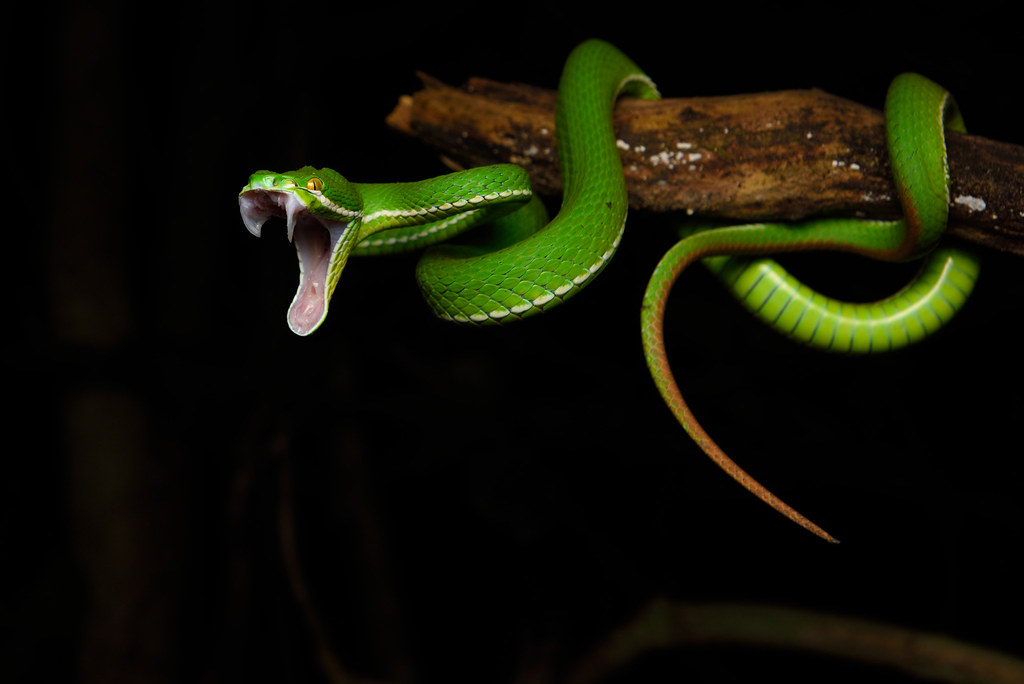
The primary difference between poisonous and venomous lies in how the toxin is delivered to the victim. Venomous animals actively deliver toxins through specialized structures like fangs, stingers, or spines, injecting their venom directly into another organism. Poisonous creatures, on the other hand, contain toxins that are harmful when another organism touches or ingests them, making the delivery passive rather than active. This fundamental distinction helps scientists classify dangerous wildlife and informs how we should interact with potentially harmful species. For example, a venomous snake might need to bite you to cause harm, while simply handling certain poisonous frogs could lead to toxin absorption through your skin. Understanding this delivery method difference is the foundation for all other distinctions between these two categories.
Evolutionary Purpose: Defense vs. Predation
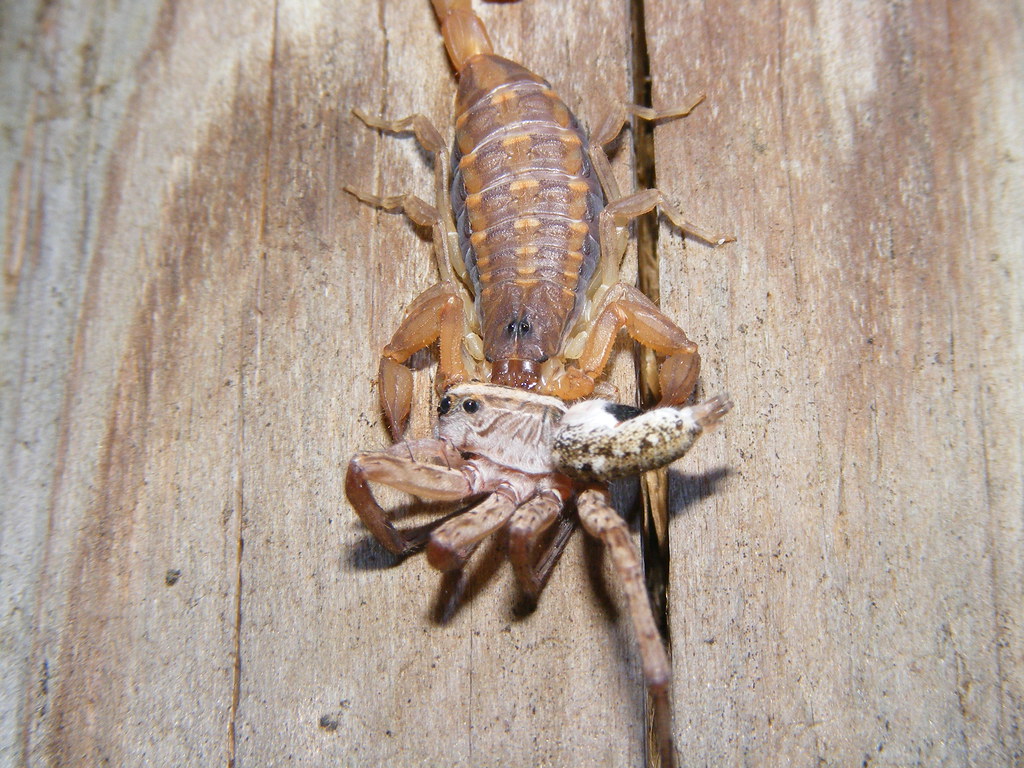
Venomous and poisonous adaptations have evolved to serve different primary evolutionary purposes in the animal kingdom. Venom typically evolves as a hunting mechanism, allowing predators to immobilize, kill, and sometimes begin digesting their prey efficiently. Snakes, scorpions, and certain spiders exemplify this predatory application, using venom to subdue prey that might otherwise escape or fight back. Poison, conversely, most commonly serves a defensive purpose, protecting an animal from being eaten by making it unpalatable or deadly to potential predators. The bright colors of poison dart frogs, for instance, serve as a warning to predators that consuming them would be a fatal mistake. Though there are exceptions to these general roles, this functional distinction highlights how natural selection has refined these toxic mechanisms for different survival strategies in diverse environments.
Toxicity Variations: Potency and Effects

The toxicity of both venoms and poisons varies dramatically across species, with some capable of causing mild irritation while others can be rapidly fatal. Venoms tend to be protein-based compounds that target specific physiological systems like blood coagulation, nerve transmission, or muscle function, making them highly effective at incapacitating prey or deterring threats. The inland taipan snake’s venom, for instance, is potent enough that a single bite contains sufficient toxin to kill approximately 100 human adults. Poisons, by contrast, often consist of alkaloids, glycosides, or other chemical compounds that may cause symptoms ranging from skin irritation to complete organ failure. The golden poison frog (Phyllobates terribilis) produces batrachotoxins so potent that a single frog carries enough poison to kill 10-20 humans, despite its small size. These toxicity variations have evolved in response to ecological pressures and predator-prey relationships specific to each species’ environment.
Notable Venomous Animals: Injection Specialists
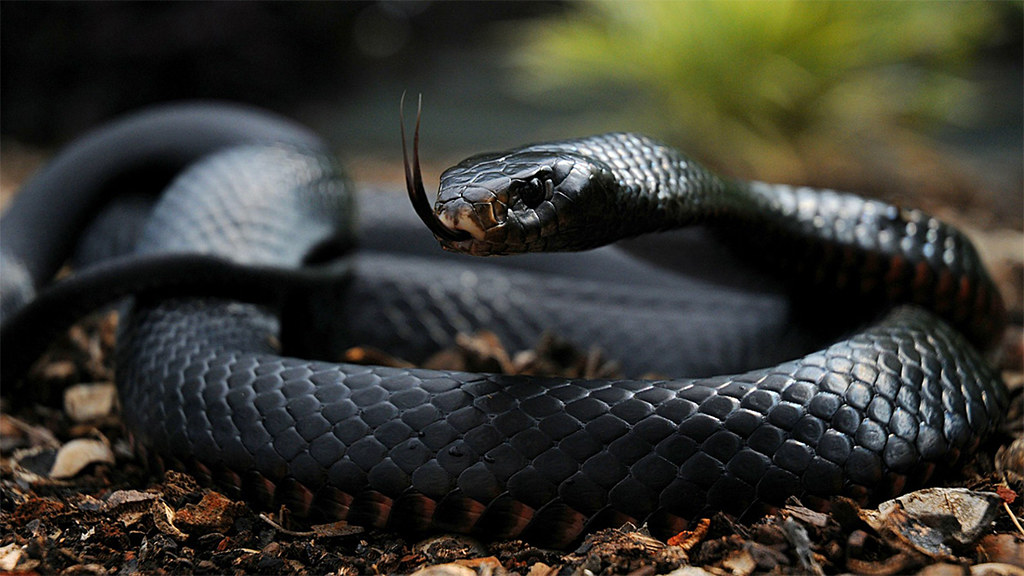
The animal kingdom hosts an impressive array of venomous species that have perfected the art of toxin injection. Snakes are perhaps the most famous venomous creatures, with species like the king cobra, black mamba, and rattlesnake possessing sophisticated venom delivery systems consisting of hollow fangs connected to specialized venom glands. Marine environments harbor the box jellyfish, whose tentacles contain thousands of microscopic nematocysts that inject venom upon contact, causing extreme pain and potentially fatal cardiovascular effects. The blue-ringed octopus, despite its small size and vibrant beauty, carries tetrodotoxin—a neurotoxin 1,200 times more powerful than cyanide—which it delivers through its beak. On land, creatures like the gila monster use grooved teeth to channel venom into their victims, while scorpions employ specialized stingers located at the ends of their tails to deliver paralyzing venom to both prey and threats.
Famous Poisonous Species: Toxic to Touch or Taste
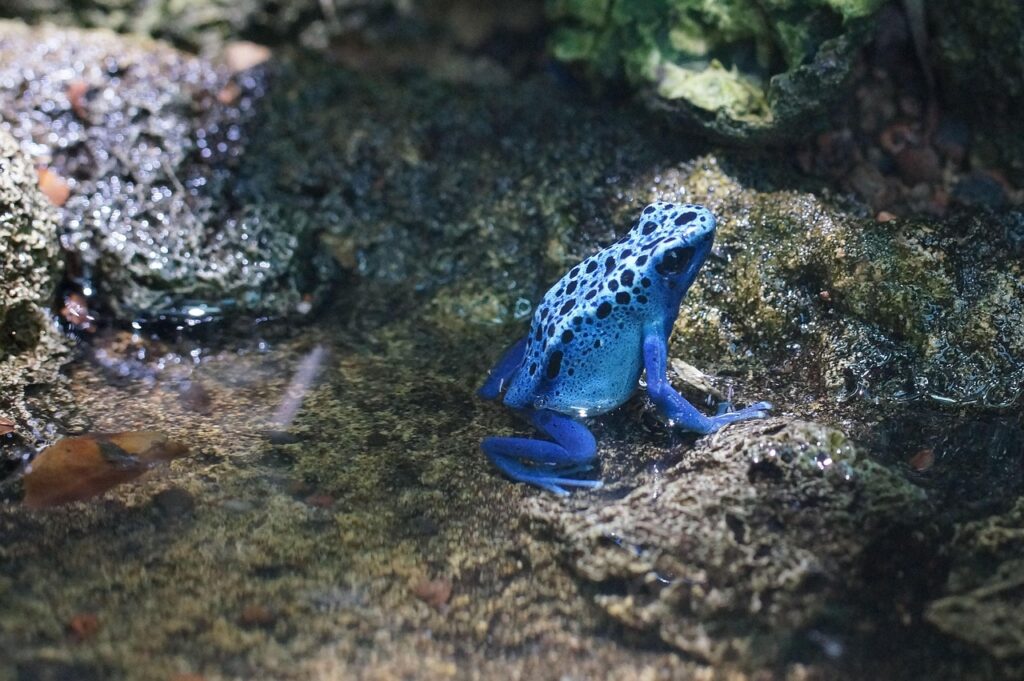
Across diverse habitats, nature has produced remarkable poisonous organisms that don’t need to bite or sting to pose a danger. Poison dart frogs of Central and South American rainforests are among the most recognizable, with their vivid coloration serving as a warning sign of the potent batrachotoxins in their skin secretions. The pufferfish, prized in Japanese cuisine as fugu, contains lethal tetrodotoxin in its organs that requires expert preparation to safely consume.
Several plant species have evolved toxicity as a defense mechanism, with the deadly nightshade (Atropa belladonna) containing atropine and scopolamine that can cause hallucinations, convulsions, and death if ingested. The death cap mushroom (Amanita phalloides) is responsible for the majority of mushroom poisoning deaths worldwide, containing amatoxins that cause liver failure within days of consumption. These poisonous organisms have evolved their toxicity primarily as a defensive strategy against predation, rather than as a hunting mechanism.
Dual-Threat Species: Both Poisonous and Venomous
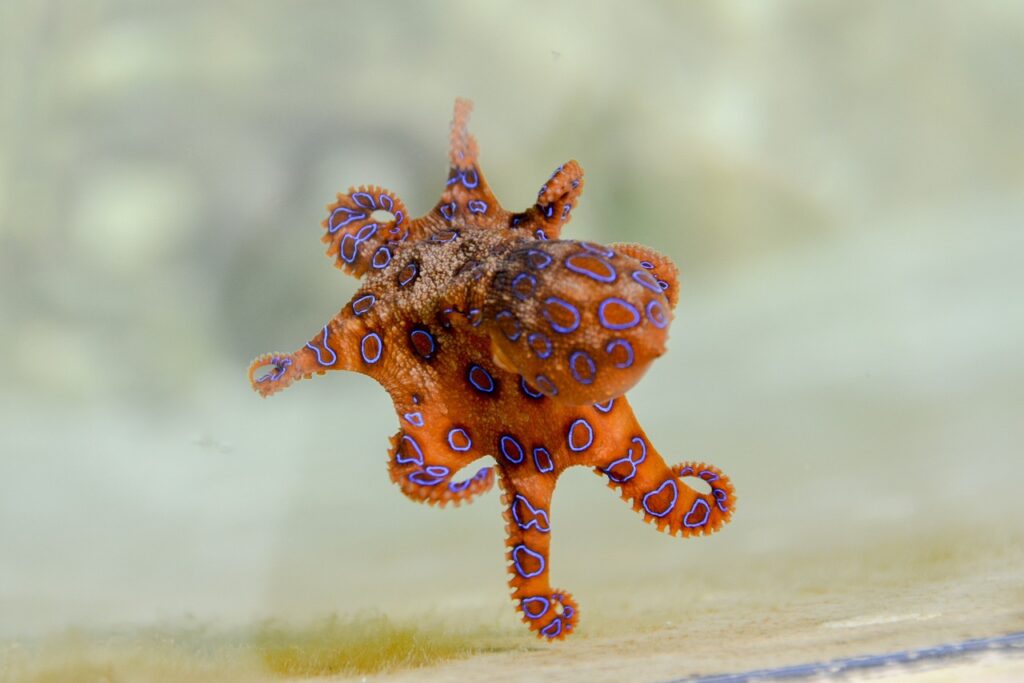
Some remarkable creatures in nature defy simple classification by possessing both venomous and poisonous qualities. The blue-ringed octopus delivers its deadly tetrodotoxin through a venomous bite, but its flesh also contains this same toxin, making it poisonous if consumed. Certain species of sea snakes inject powerful neurotoxins through their fangs, while their flesh contains toxins that make them dangerous to eat without proper preparation. The Asian tiger snake not only delivers venom through its bite but also secretes toxins through its skin as an additional defensive mechanism. These dual-threat species represent fascinating evolutionary adaptations that provide multiple layers of protection against different types of threats. Their existence highlights the complexity of toxic defense mechanisms in nature and demonstrates how some organisms have evolved multiple strategies to ensure their survival in challenging environments.
Medical Significance: Treatment Differences

The distinction between venomous and poisonous encounters carries significant implications for medical treatment approaches. Venomous bites or stings often require immediate intervention with specific antivenoms designed to neutralize the particular toxins involved, such as those developed for snakebites or spider bites. These antivenoms are typically created by harvesting venom from the species, injecting diluted amounts into animals (often horses), and then collecting the antibodies produced in response.
For poisoning cases resulting from ingestion or contact, treatment typically focuses on preventing further toxin absorption, supporting vital functions, and accelerating toxin elimination through methods like activated charcoal, gastric lavage, or hemodialysis. The time window for effective intervention also differs; venomous bites may require treatment within hours or even minutes, while some poisonings develop more gradually. Healthcare providers must accurately identify whether a patient is suffering from envenomation or poisoning to implement the appropriate life-saving protocols.
Venom Collection and Research Applications
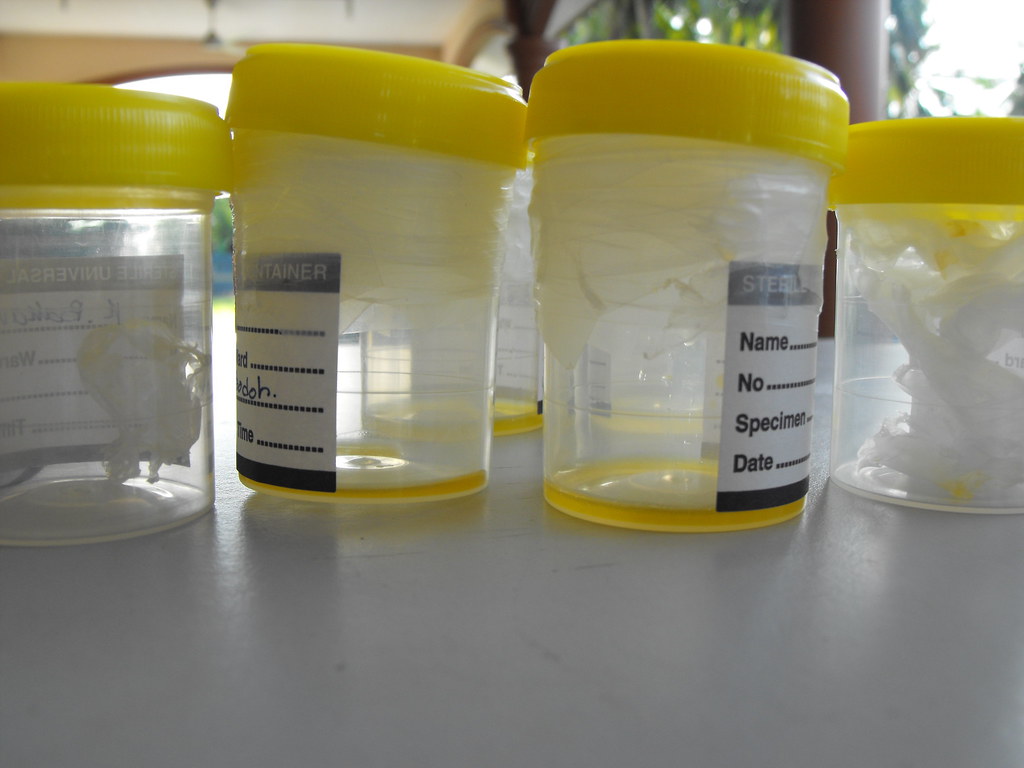
Venom collection has become a sophisticated scientific endeavor with far-reaching applications in medicine and biotechnology. Researchers extract venom from species like snakes, spiders, and scorpions using techniques such as electrical stimulation or manual gland compression, often followed by freeze-drying to preserve the complex proteins. These venoms have become valuable research tools for developing novel treatments for conditions including chronic pain, cardiovascular disease, and cancer. For example, a medication derived from the venom of the pit viper is now used as an anticoagulant for heart attack and stroke patients. The cone snail’s venom has yielded ziconotide, a non-addictive pain medication 1,000 times more potent than morphine. Venom research continues to expand, with scientists identifying specific toxin components that can be isolated, modified, and repurposed to create new therapeutic agents, demonstrating how these natural weapons have become valuable resources for human medicine.
Cultural Perspectives and Historical Confusion
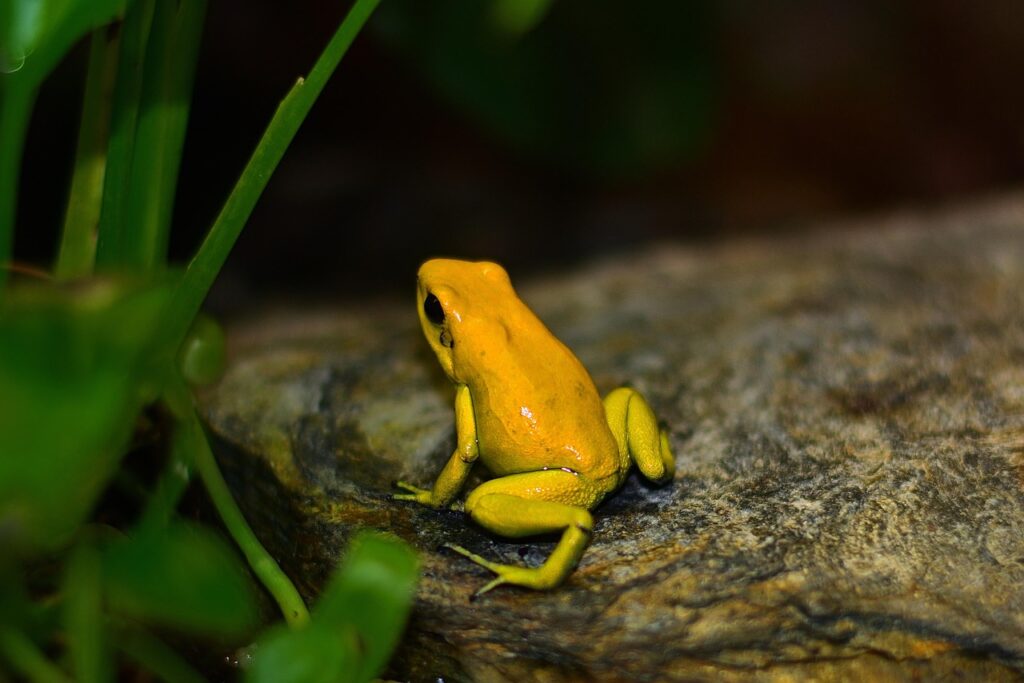
Throughout human history, cultural interpretations of toxic animals have often failed to distinguish between venomous and poisonous creatures, leading to fascinating myths and misunderstandings. Ancient Egyptian medical papyri described treatments for snakebites but often conflated venomous injuries with poisoning from plants, reflecting their limited understanding of toxin delivery mechanisms. In medieval Europe, the “doctrine of signatures” suggested that an animal’s appearance indicated its dangerous nature, regardless of whether it was actually venomous or poisonous.
Many indigenous cultures developed sophisticated knowledge of toxic animals through direct experience; Amazonian tribes, for instance, learned to harvest poison dart frog toxins without harming themselves for use in hunting. Even in modern times, linguistic confusion persists, with many languages using a single term for both venomous and poisonous animals, contributing to public misunderstanding. These cultural perspectives reveal how humans have struggled to categorize and understand toxic creatures throughout our shared history.
Safety Precautions: Avoiding Toxic Encounters
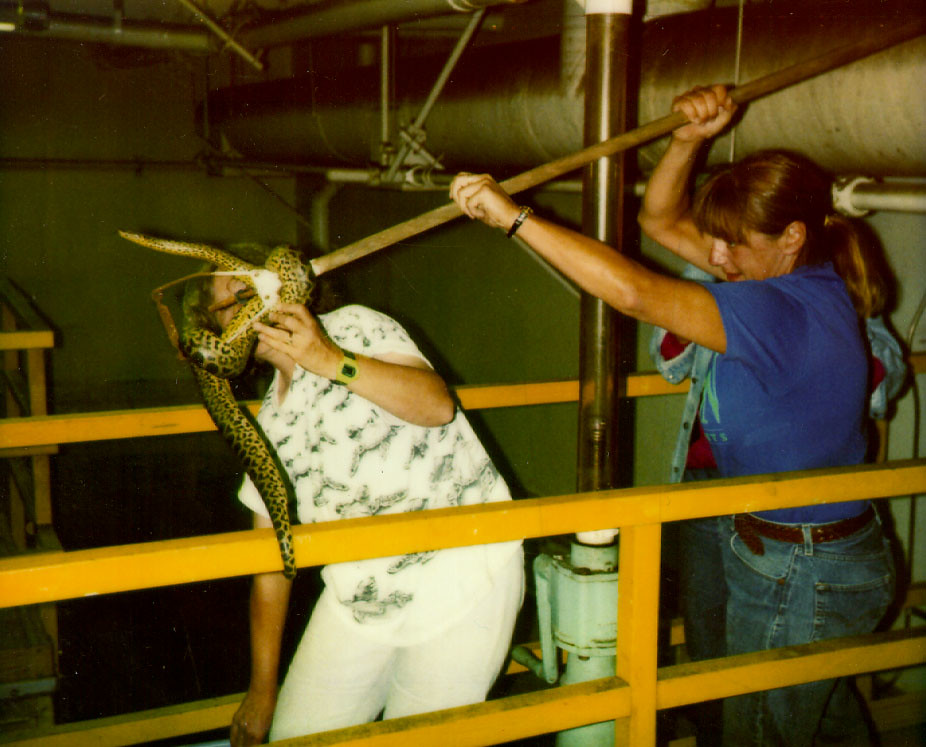
Understanding the difference between venomous and poisonous creatures informs the specific safety precautions required when encountering them in the wild. For venomous animals, maintaining a safe distance is crucial, as they typically must make direct contact to deliver their toxin; hikers in snake country should wear appropriate footwear, stick to clear paths, and avoid reaching into rock crevices or hollow logs where venomous creatures might hide.
When dealing with poisonous organisms, the primary concern is avoiding ingestion or skin contact; wearing gloves when handling potentially poisonous amphibians or plants, thoroughly washing wild-foraged foods, and never consuming unidentified mushrooms, berries, or marine life are essential precautions. In marine environments, the advice differs accordingly: “If it stings, it’s venomous; if you bite it and you die, it’s poisonous” serves as a simple but effective reminder for divers and beachgoers. Educational programs focused on local toxic species can significantly reduce dangerous encounters and help people coexist safely with these fascinating but potentially harmful creatures.
Geographic Distribution: Global Toxic Hotspots
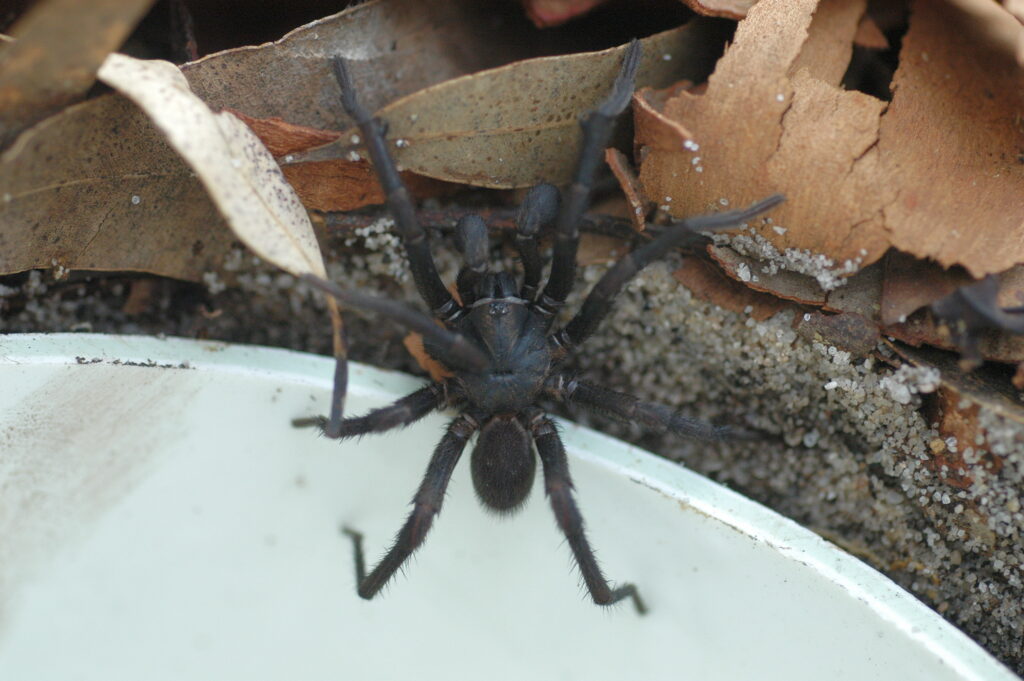
The distribution of venomous and poisonous species across the globe reveals interesting patterns that reflect evolutionary history and ecological factors. Australia stands out as a venomous hotspot, home to the world’s most venomous snake (the inland taipan), the deadly box jellyfish, and numerous venomous spiders including the Sydney funnel-web. Tropical rainforests, particularly in Central and South America, harbor the highest concentration of poisonous amphibians, including the diverse poison dart frogs whose toxicity correlates with their vibrant coloration.
Marine environments in the Indo-Pacific region contain both venomous creatures like stonefish and blue-ringed octopuses alongside poisonous ones like pufferfish and certain reef-dwelling mollusks. Desert regions typically feature venomous adaptations like scorpions and rattlesnakes, whose venom helps them efficiently capture prey in resource-scarce environments. These distribution patterns demonstrate how different ecosystems have shaped the evolution of toxic defense and predation strategies, with some environments favoring venom delivery systems while others promote the development of poisonous compounds.
Misconceptions and Common Myths Debunked
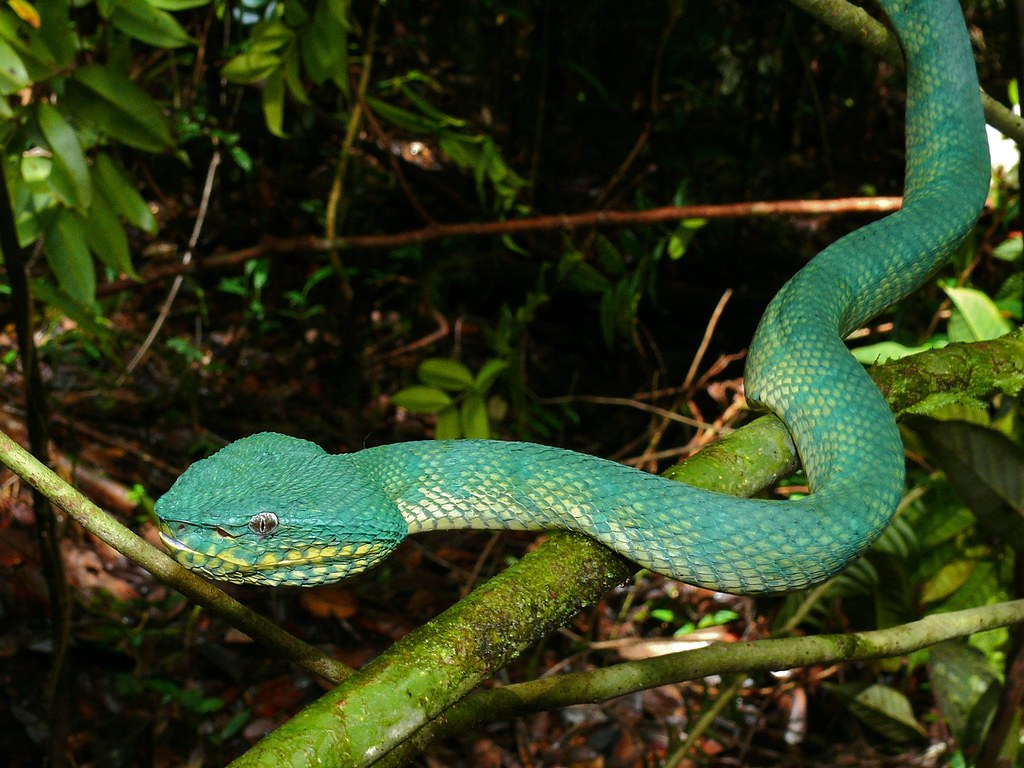
Popular culture and folklore have perpetuated numerous misconceptions about venomous and poisonous creatures that scientific understanding has since debunked. Contrary to common belief, a venomous snake’s head shape is not a reliable indicator of danger; while many venomous species have triangular heads, numerous non-venomous snakes display this feature as well, and some highly venomous elapids like coral snakes have rounded heads. The notion that brightly colored animals are always poisonous represents an oversimplification; while aposematic coloration often signals toxicity, many harmless species have evolved to mimic this warning pattern without actually containing toxins.
Another persistent myth suggests that poisonous animals are universally dangerous to touch, yet many poisonous species only pose a threat when ingested or when their toxins enter through cuts in the skin. Perhaps most dangerously, some people believe that sucking venom from a bite wound is an effective first aid technique, when in reality this method is ineffective and potentially harmful to the rescuer. These misconceptions highlight the importance of evidence-based education about toxic wildlife.
The Future of Toxin Research and Applications

The frontier of toxin research promises revolutionary applications across medicine, agriculture, and ecology in the coming decades. Scientists are increasingly using genomic technologies to decode the complex molecular structures of venoms and poisons, revealing potential applications far beyond their natural functions. Venomics, the systematic study of venom compounds, is identifying novel molecules that could lead to highly targeted pain medications without the addictive properties of opioids. Researchers are exploring certain snake venoms for their potential to dissolve blood clots more effectively than current medications, while compounds from cone snail venom show promise for treating epilepsy and neurodegenerative disorders.
In agriculture, toxin-derived pesticides may offer more environmentally friendly alternatives to synthetic chemicals, targeting specific pest species without harming beneficial insects. Conservation biologists are also investigating how climate change may affect the toxicity and distribution of venomous and poisonous species, as warming temperatures and habitat shifts could alter their ranges and potentially bring dangerous species into new human-populated areas. As our understanding of natural toxins advances, these powerful biological compounds increasingly represent valuable resources rather than merely threats.
The distinction between venomous and poisonous organisms reveals nature’s remarkable diversity in evolving toxic defense and predation strategies. While venomous creatures actively inject toxins through specialized delivery structures, poisonous ones passively harm those who touch or consume them. This fundamental difference influences everything from medical treatment approaches to appropriate safety precautions in the wild. As scientific research continues to unlock the potential applications of these natural toxins, our relationship with these organisms transforms from fear to fascination. Understanding the true difference between poisonous and venomous not only enhances our appreciation for biodiversity but may also contribute to groundbreaking advances in medicine and biotechnology. What nature has perfected as weapons over millions of years of evolution may ultimately become powerful tools for human health and wellbeing.

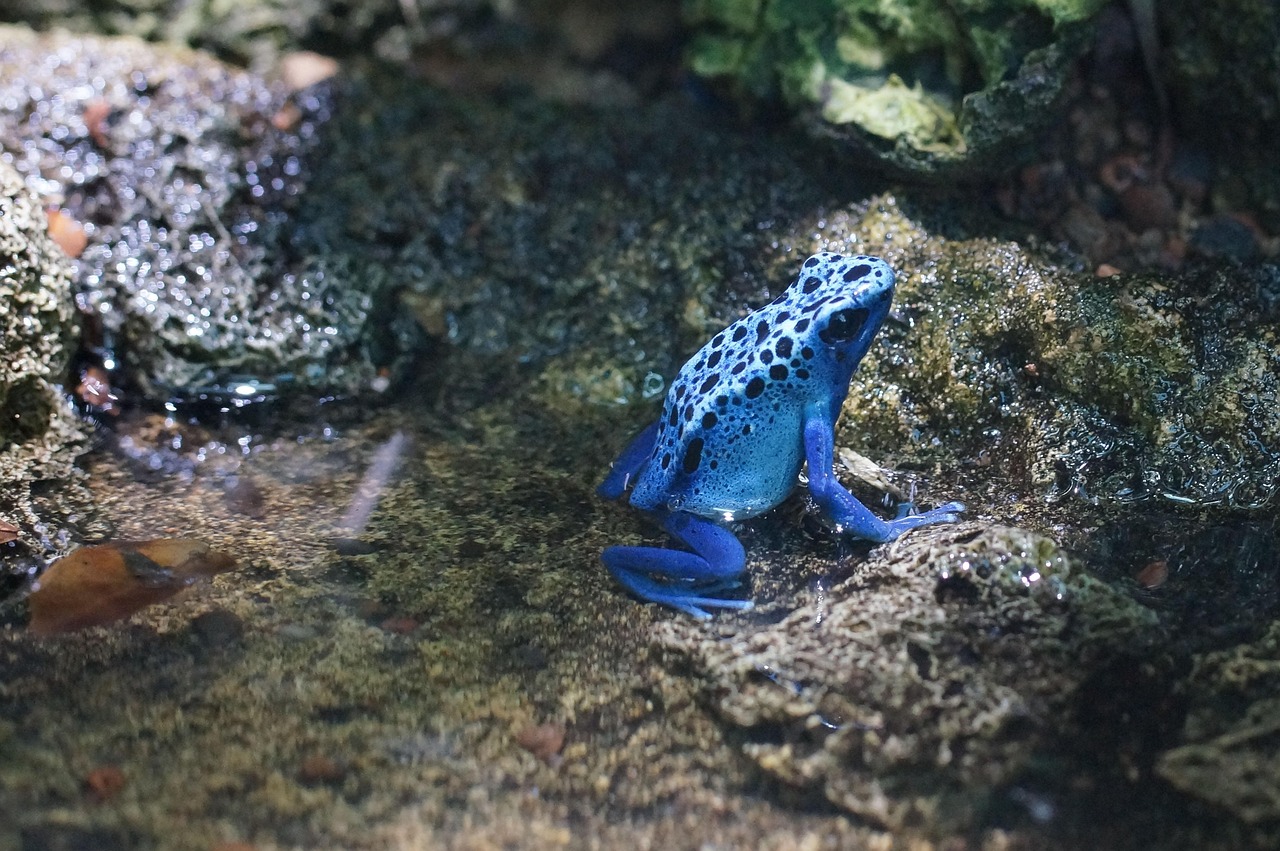

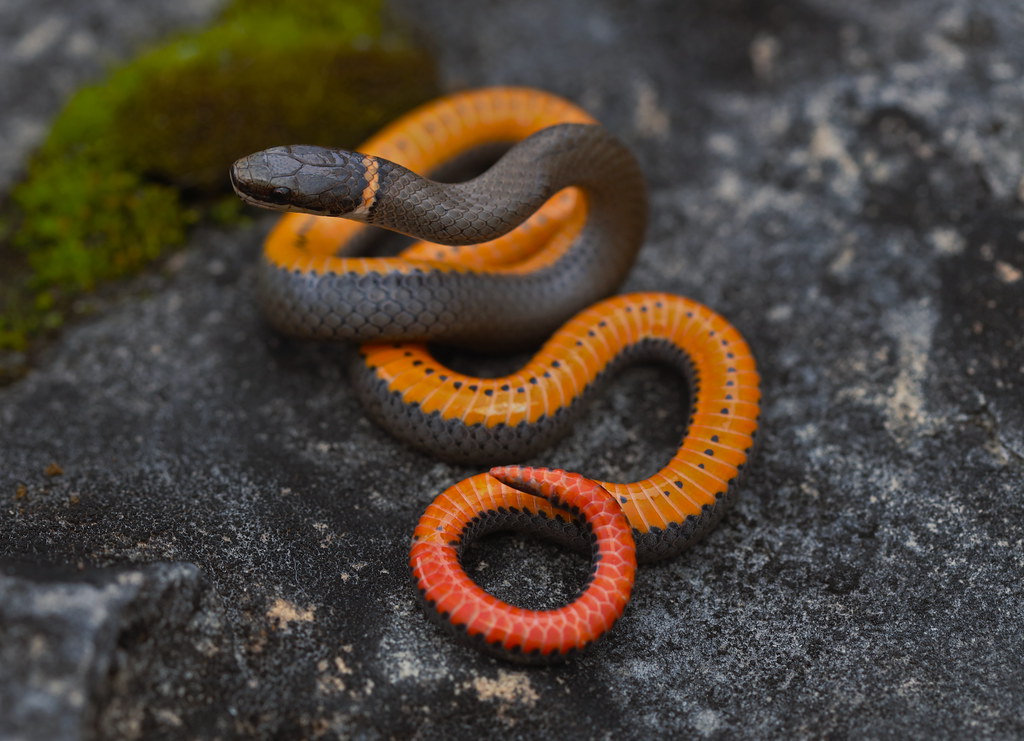
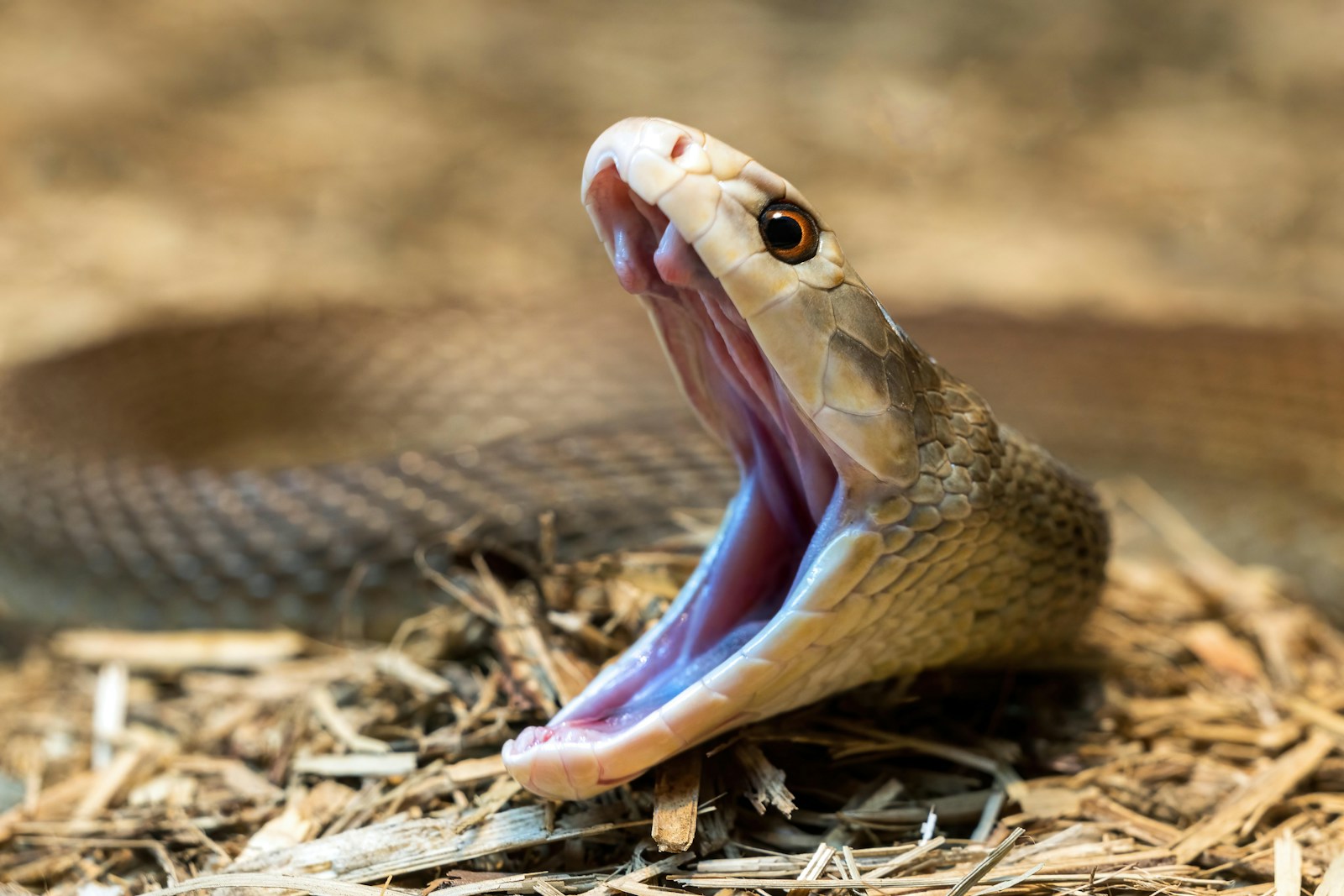
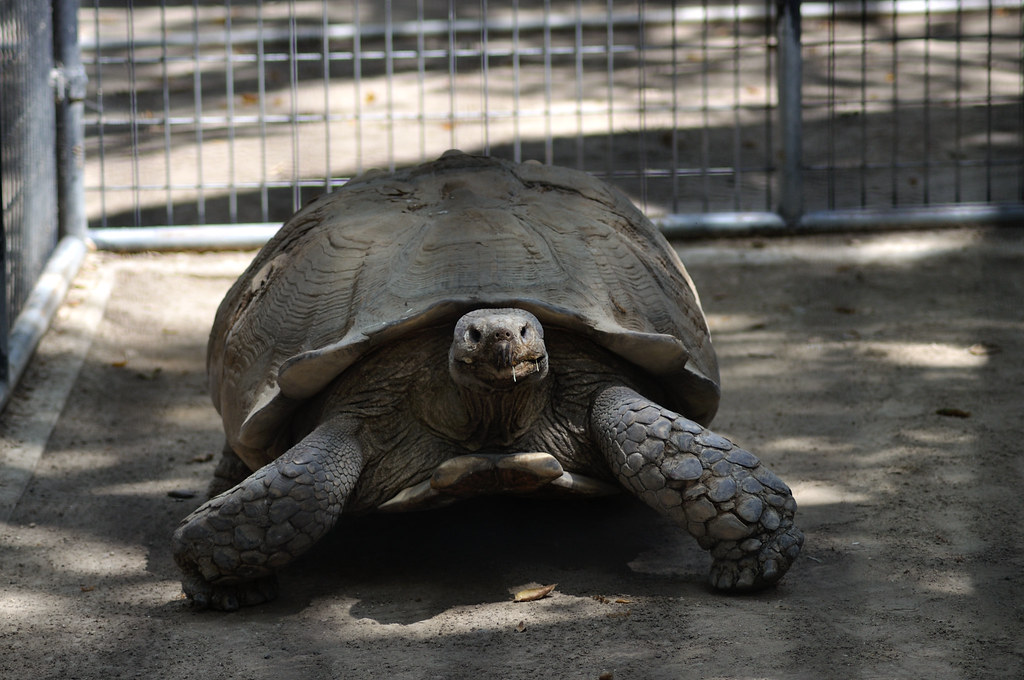
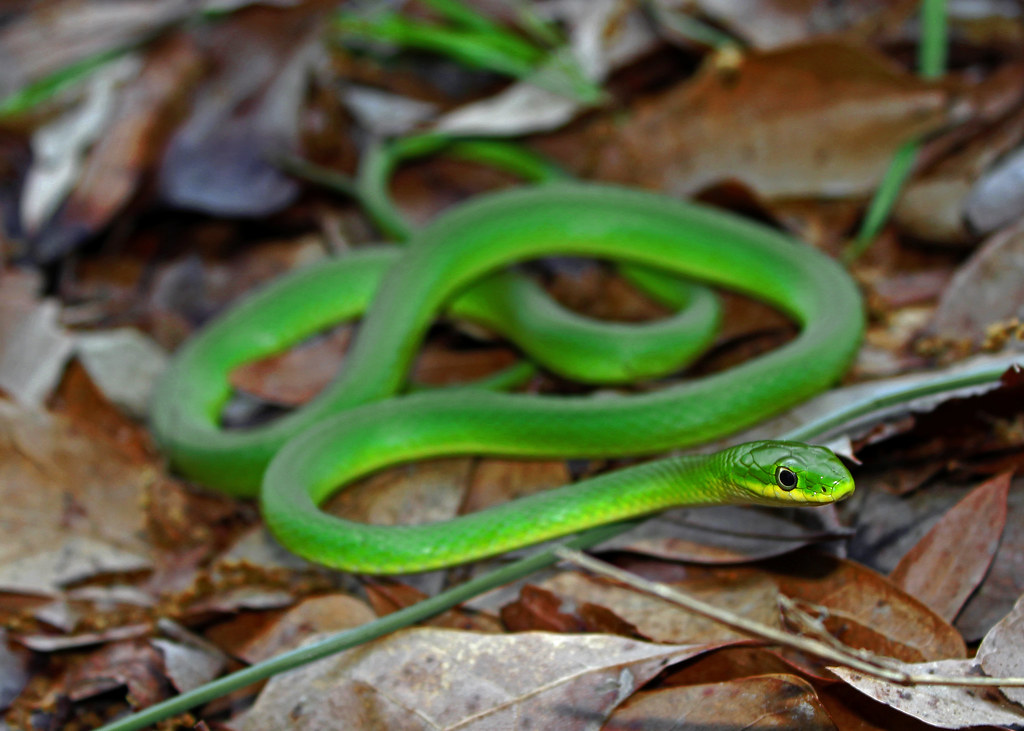
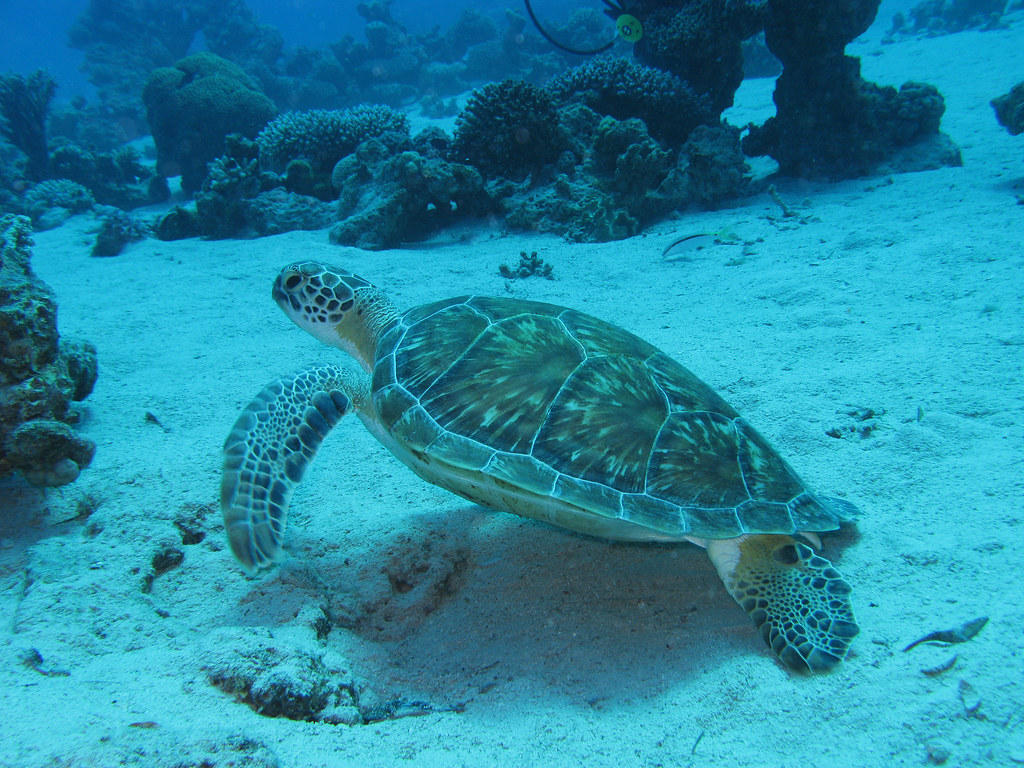

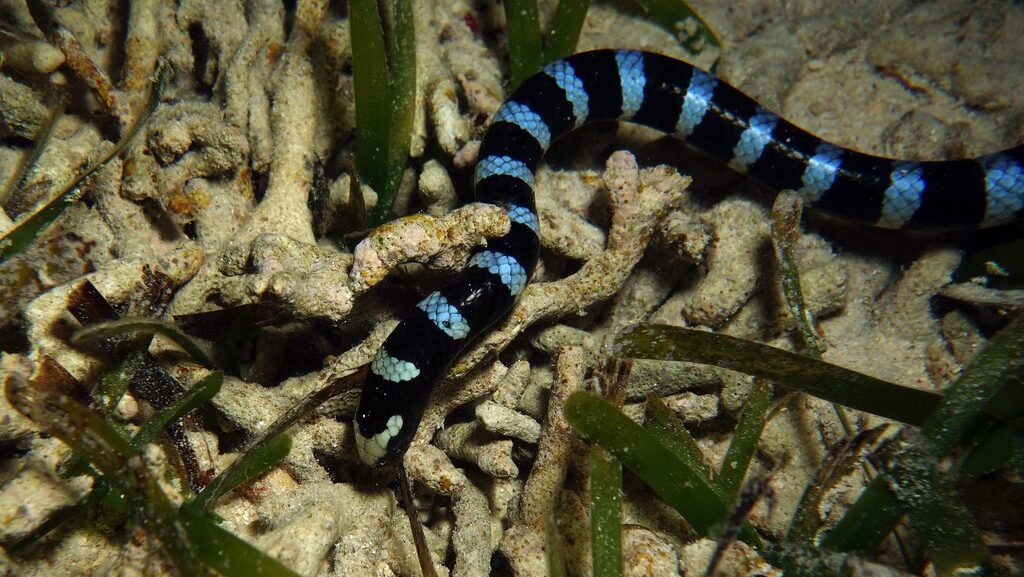

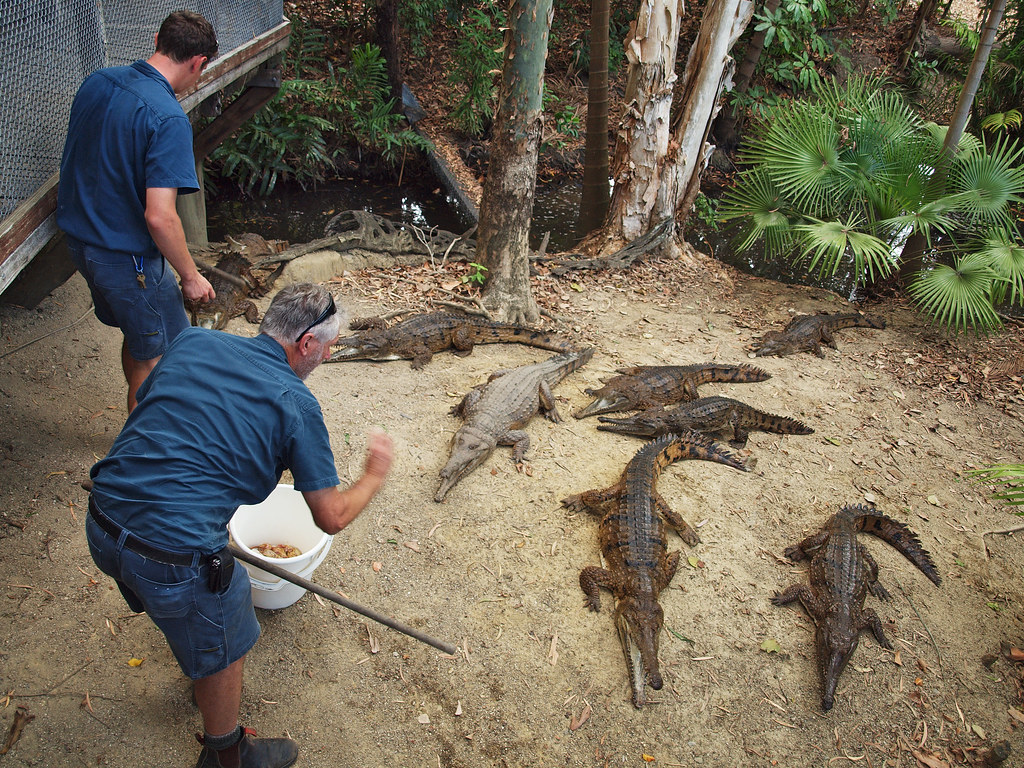



Leave a Reply